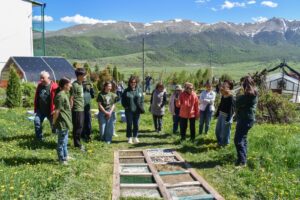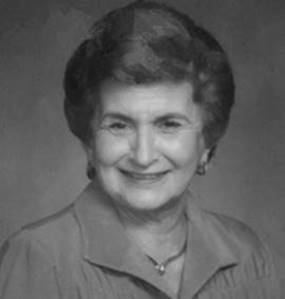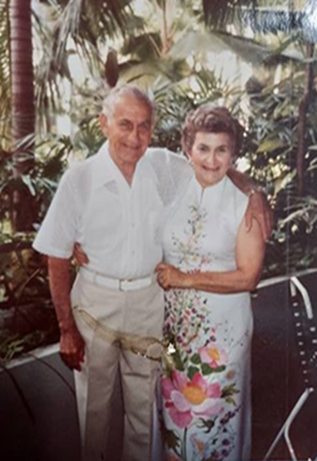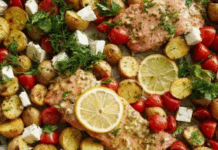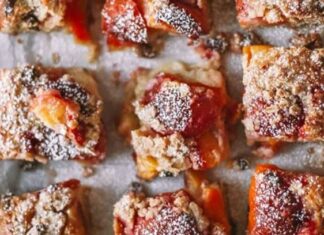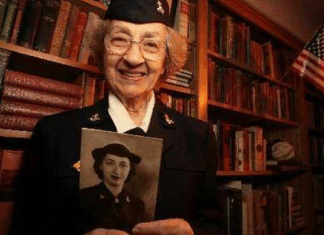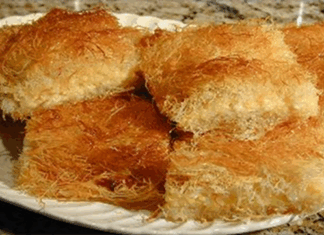FRESNO — These recipes by Mary Elia are included in a remarkable collection that features the recipes of the pioneering Armenian women who first settled in Fresno over 120 years ago: A Hundred Years and Still Cooking, from the First Armenian Presbyterian Church (FAPC) of Fresno, Fidelis Women’s Society Centennial collection, first published in 1993. (http://www.fapc.net/)
The introduction says, “This cookbook is a combination of our best in Armenian and American cuisine. Meals are a big part of our lives because we enjoy the work, we relish the fellowship, and we savor the finished product. It is our desire to keep our Armenian heritage alive through the foods of our parents, grandparents, and forebears. We believe it is important to include foods that are important to us as Americans. We hope you enjoy the goodness of these recipes spanning five generations of members at California’s oldest Armenian church.” Food writer Barbara Hansen, a James Beard Award winner, reviewed A Hundred Years and Still Cooking in the Los Angeles Times in 1998 under the headline, “Leaves from Fresno.” (https://www.latimes.com/archives/la-xpm-1998-jan-14-fo-8009-story.html)
Mary’s recipes also appear in Breaking Bread with William Saroyan by Janice Stevens and Pat Hunter, published in 2016 by Heliograph Publishing. The authors capture the essence of William Saroyan’s love for his Armenian culture through excerpts of his written word and selected Armenian recipes, including classic recipes from Armenian-American restaurateur, chef, author, and philanthropist George Mardikian’s Dinner at Omar Khayyam’s. “This book is an intimate portrayal of Armenian foods and culture, celebrating the literary great, William Saroyan.”
“My mother, Mary Mabel Tootikian, was born in Fresno in 1918,” says Dennis Elia, a longtime Fresno business consultant. “The family tree on her maternal side begins with her grandmother, Sarah Kesamaniakian, who married Mary’s grandfather, Garabed Deverian, who gave birth to Mabel Deverian, my mother’s mother. John Tootikian was introduced to the young and vibrant Mabel Deverian, who had just celebrated her 19th birthday. They were married in 1917. The Deverians can lay claim to being one of the early Armenian clans to locate in Pasadena. Unfortunately, just as today, a worldwide Spanish Flu epidemic befell Mary’s young mother at the tender age of 21, and she passed away.”
When Mary’s father remarried, Mary was forced to adjust to a series of three stepmothers who were neither nurturing nor attentive to her. Upon surviving an unpleasant series of three stepmothers, Mary blossomed into an attractive and intelligent young lady. She graduated from Fresno High School in 1936, and at the age of 19, was introduced to a fellow Fresnan Joe Elia, who was born in 1907. A star high school athlete, Joe received a football scholarship to attend UCLA. Encouraged by his Fresno pals attending San Jose State College, he decided to transfer there, and became a starting football quarterback, says Dennis.
“My father was a local Fresno legend in city league softball in the 1930s, and was hired to pitch in the state championships by an out-of-town team for $200 per game. His blistering wind-mill delivery was well-known,” he adds. “My mother married my father in 1936 on Christmas Day, at the Elia family home on Van Ness Avenue near Mono Street in downtown Fresno (built in 1915, the Elia home is listed on the Fresno Local Register of Historic Resources. (See: http://historicfresno.org/lrhr/311.htm).
